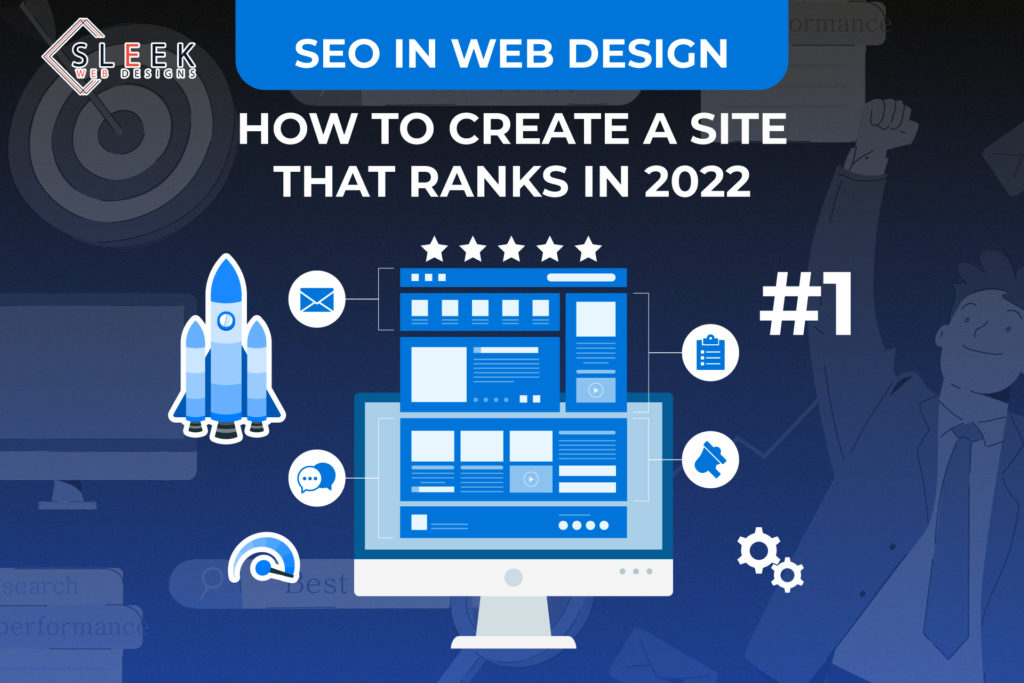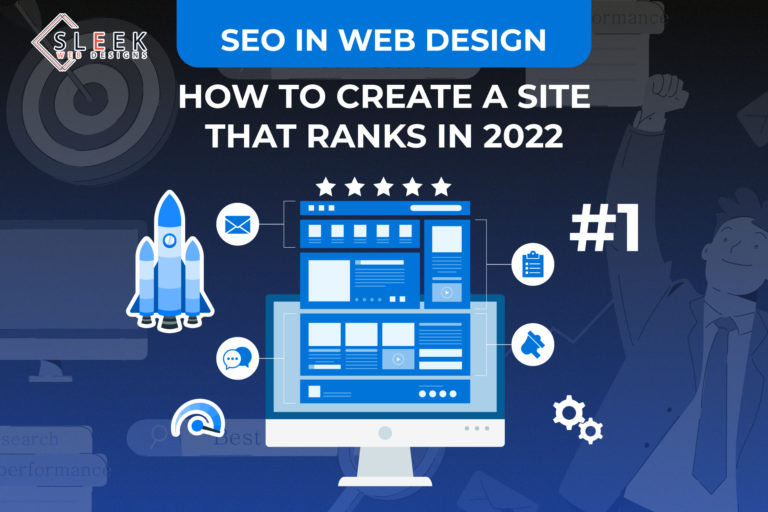|
Getting your Trinity Audio player ready...
|
Last updated on February 5th, 2025 at 12:51 pm
Thank you for reading this post, don't forget to subscribe!
Search Engine Optimization (SEO) is at the core of every online business, but many consider it an afterthought. It refers to improving a website’s visibility on a search engine results page (SERP). SEO in website design is best incorporated when designing or redesigning the website, not after the site is operational.
A website that ranks highly and receives lots of organic traffic is a goldmine of potential clients and increased business. Businesses that don’t see the importance of SEO in web designing essentially position themselves to lose money.
Read on to find out how web design affects SEO and how to incorporate great design.
What Is SEO-Friendly Website Design?
An SEO-friendly website makes it easy for search engines to crawl, explore, and understand. Search engines are your friend, so you always want to make them happy.
There are different approaches and technologies for web design, but only some of them consider search engine optimization. They shouldn’t affect your style or creativity. Instead, website design and SEO should work together seamlessly to bring great results.
Why Is SEO in Web Design Important?
A successful website speaks to both users and search engines. You want a visually appealing experience with useful and relevant content. People also need to easily find your website, which is best done with SEO.
You’re probably thinking of social media shares and ads right now, aren’t you? These options are great for traffic, but it’s always best to bring organic traffic.
Image by Gerd Altmann from Pixabay
Let’s look at where SEO in web design comes in.
- Increases organic traffic
Organic traffic is any traffic you haven’t paid for. These particular site viewers will have found your website while searching on Google. Usually, users pick the top options. It makes all the difference because more than 25% of clicks go to the first result, 15% to the second, and then click-through rates dwindle.
The higher you rank, the more likely you’ll receive more visitors. The first page is your aim.
- Enhances the user experience
Your website visitors need to have a seamless experience on your site. Google takes this very seriously, as it’s now a ranking factor. It will rank those that prioritize user experience because, after all, websites are made for users.
Improved website SEO will increase how long users stay on your site and how often they return.
- Generates high-intent traffic
A Google search query is always specific. If your page appears at the top of their results with exactly what they were looking for, they will click on your page.
While a click doesn’t mean they will instantly convert to customers, it means they know about your business. They’ll probably come back to it when they have other related questions before they’re finally ready to buy or commit. With that, you’ve automatically placed your business for increased conversions.
High-intent traffic is more likely to convert, and you want as much of it as possible.
How Web Design Affects SEO
Web design may seem all about aesthetics, but it also affects your business's online presence. We look at different ways this happens.
- Good quality visuals are bound to keep visitors longer. They first tell users that they can trust you to deliver quality. Site visitors will then dig deeper into your site and engage with the content. This activity tells search engines that your site has relevant content and is rank-worthy.
- Search engines look at how long visitors stay on your site. Good design that makes it easy to navigate your site will generally keep your visitors around longer. If your potential customers are quick to leave, search engines will likely see this as a red flag and lower your rank.
- The properly structured design also affects how search engine bots interact with your site. Good design will make this smooth as crawlers look at content, images, and URLs.
Photo by Anete Lūsiņa on Unsplash
How To Optimize a Website for SEO Web Design: 10 Easy Ways
There are several aspects of SEO that you can incorporate in the design phase. Considering and incorporating these at the beginning ensures no money, time, or rankings are unnecessarily lost.
1. Mobile-Friendliness
Many users visit websites using their phones or other mobile devices. As a business owner, making sure this group can easily access your site could make a big difference.
The site needs to be seamless and provide a great user experience regardless of device. Responsive web design is the way to go instead of creating a different mobile site. This approach will also eliminate any duplicate content.
A high bounce rate due to poor loading on a mobile device also lists negatively on Google and affects rankings.
2. Image File Names
Images need to be of good quality. They also need to have logical and relevant names. Search engines can’t ‘see’ images like human users. A little guidance in descriptive naming will help put the images into context.
3. URL Structure
URLs should give context to your website and business for the benefit of both human users and search engines. Avoid useless numbers and characters on your URL because they serve no purpose.
A good example:
www.sleekwebdesigns.com
www.sleekwebdesigns.com/services/
www.sleekwebdesigns.com/services/seo/
A bad example:
www.myexample.com
www.myexample.com/p324/
www.myexample.com/p324/50/
The first one gives a sensible path as you navigate through different pages, while the second one seems to go off on a tangent. Always choose the sensible option.
Image by Jan Alexander from Pixabay
4. Website Navigation
Think of navigation as you would a signpost in the real world. It should be easy to follow without having to think too much. A simple look at the signs in a supermarket aisle will lead you straight to the products you’re looking for.
You want your website not just easy to walk through, but users should also find what they’re looking for where it should be. You don’t want hidden content that only appears when you search the website.
A confused visitor will likely leave your site in a hurry to search for easier options on the internet, and they will find them. They also probably won’t want to come back.
That’s why you must fix navigation at the start of your website design journey. First impressions count for a lot.
5. Website Speed
People like a fast website. You want your users to stay longer out of their own volition, not because they don’t have a choice.
Some of the reasons for this include unoptimized images, lots of Flash content, not using caching techniques, unclean code, bad hosting, JavaScript issues, and too many ads.
You can easily optimize images by changing the format from PNG and GIF to JPEG since this format carries a smaller file size.
Some code and coding issues may require a developer’s involvement to reduce load time adequately.
Photo by Luca Ambrosi on Unsplash
6. Readability
Part of your design strategy should include the readability of the text. Choose a font and size that your readers will be comfortable with.
Ensure you have lots of useful quality content, but break it down into short sentences and paragraphs. Throw in some bullets, headings, and subheadings. It’s easier on the eyes and will not put off readers when they first see the text.
Be careful of your color schemes. Don’t use colors that are too pale and end up disappearing into each other or too contrasting that it hurts the eyes.
7. Indexable content
Only what is indexable will appear in search results. The search engine must first discover the page, crawl it, and process all its content. Indexation will drive organic search traffic to your website.
While only some pages need to be indexed, you must ensure the ones you want to rank are indexable and crawlable.
Indexable content should not have a “noindex” tag, must be crawlable, and must be canonical. Carrying the canonical tag means the page is considered the main one where there are similar, duplicate, or near-duplicate pages.
8. Alt Tags
Alt tags or alt text are the words that appear when a page has trouble loading an image. They help search engines identify images. Using appropriate tags will improve crawling. These words also come in handy for visually impaired users since screen-reading tools will simply read the text.
You may notice that Google shows images before any text or articles in some of its search results. Why not take advantage of this by adding relevant descriptive alt text to your images? That’s potential organic traffic!
Image by mohamed Hassan from Pixabay
9. Sitemaps
A sitemap is a list of all the pages on your website, usually in XML format. Ensure what you include in the list reflects your website’s current state. If there are any broken links o orphaned pages, it would be great to fix them before submitting the sitemap.
10. Metadata
Descriptive metadata gives more information about what something is, what a page contains, and when or where it was developed. It can either be descriptive or structural. Call it a quick summary of what is available on a webpage.
Structural metadata shows how the data relates to other broad topics or similar data.
Add metadata to your title tags, meta descriptions, and viewport. It may not be visible to users, but it impacts your website’s SEO.
Image by Tumisu from Pixabay
Frequently Asked Questions
What Are the Main Types of SEO?
There are many types of SEO, but these three main types cover the rest, namely:
- On-page SEO
This form of SEO focuses on whatever directly goes on the page. It’s about optimizing content, internal links, title tags, images, URLs, and HTML tags.
- Off-page SEO
It pertains to everything done off your webpage to improve rankings. It could be social media advertising, links from related authoritative sites, or reviews.
- Technical SEO
FurthermoreIt focuses on improving Google’s ability to crawl and index your website. Tactics include making your site mobile-friendly and submitting extensive sitemaps.
Can I do SEO on my own?
Yes, you can, but you must learn how to do it first. Most people prefer to get an SEO web design company to do it because of all it involves.
Do I need SEO for my website?
Absolutely. SEO will help drive organic traffic and increase your rankings on search engines.
Wrap Up: SEO Web Design & Development In New York
With SEO web design, you build your website’s ability to bring great customers right into it. It gets even more exciting when your target market is wide and could potentially shoot your sales by a huge margin. Why not consider tapping into the endless potential that is New York using SEO web design?
You can choose from our SEO website design templates, and we can get you started on your journey to increased traffic and improved rankings.





